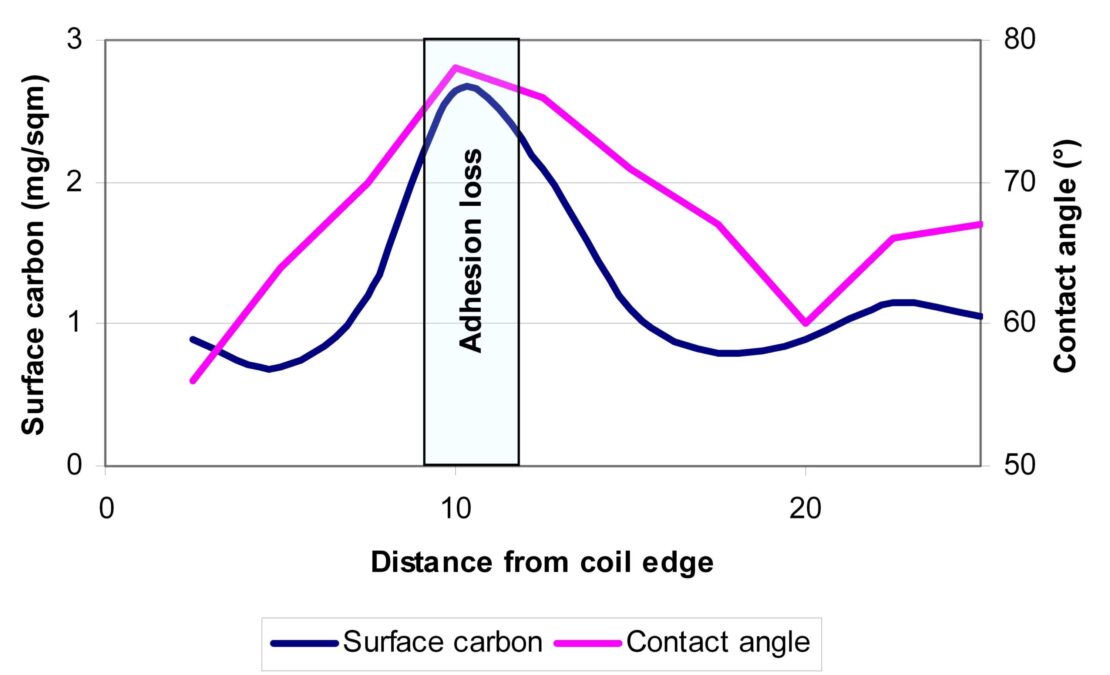Posted on: 13th May 2016 by Vicente Martin
In my last blog post I mentioned that problems can arise with aluminium foil quality even in the best controlled annealing operations. With these cases, analytical techniques such as surface carbon measurement, GC, TGA, FTIR, etc., together with experienced trouble-shooters, are invaluable to detect and identify the origins of problems. Here is a little more information about two of those analytical techniques, both of which we can provide at Innoval.
A key approach to asses the suitability of a surface for coating involves the use of both Fourier Transform Infrared (FTIR) spectroscopy and surface carbon measurement.
FTIR is used to measure the chemical nature of the aluminium surface. It can detect the presence of hydrocarbon products on the surface and the state of hydration of the outermost oxide layer. The nature of the oxide layer has a strong impact on coating adhesion. Any changes to it during processing, transportation and storage can render a coil unusable. At Innoval we have developed techniques that allow precise quantification of the thickness of the oxide layer on the foil, and how it can change through different conditions (Figure 1). Changes in oxide thickness and chemistry will alter the adhesion response of the foil.

Our Material Testing team has extensive experience of using surface carbon measurement to get quantitative values for the amount of residual carbon products remaining on the surface of aluminium foil after annealing. While the traditional shop-floor wettability measurement approach only gives semi quantitative information about the surface tension with water, measurement of the total amount of carbonaceous residues present can be quantitatively linked to adhesion performance (Figure 2).

By employing these two analytical capabilities, coupled with our extensive technical expertise and our capability for accurate thermal modelling, we’re able to play a key role in optimising any annealing process. We can also help to improve aluminium foil quality throughout the process, and we can work with your team to set reliable process controls and train your staff.



